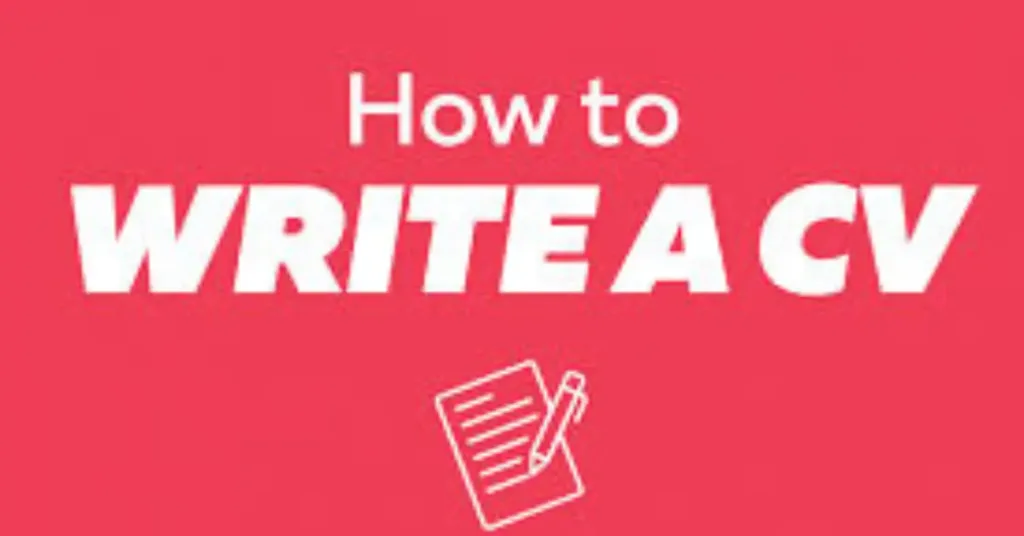Whether you’re a recent graduate entering the education field or an experienced teacher looking for a new position, having a well-crafted CV (Curriculum Vitae) is essential. A teacher’s CV is more than just a list of qualifications—it’s a professional document that presents your skills, educational background, classroom experience, and teaching philosophy.
In this detailed guide, we’ll walk you through how to make a CV for a teaching job, including formatting tips, required sections, and real examples to help you stand out in the hiring process.
I. Why Your Teaching CV Matters
A well-structured CV can be the difference between landing an interview and being overlooked. Recruiters in education are looking for more than academic qualifications—they want to see:
- Your teaching methodology and experience
- The age groups and subjects you’re skilled in
- Your ability to manage classrooms and support diverse learners
- Evidence of continual professional development
II. Structure of a Teacher’s CV
Here’s the ideal format to follow:
- Contact Information
- Professional Summary / Objective
- Educational Qualifications
- Certifications and Licenses
- Teaching Experience
- Skills
- Additional Experience (e.g., tutoring, workshops)
- Extracurricular Involvement
- Professional Development
- References
III. Step-by-Step Guide to Writing Each Section
1. Contact Information
Include:
- Full Name
- Phone Number
- Professional Email Address
- LinkedIn Profile (if applicable)
- Location (City, State)
Example:
Name: Priya Sharma
Phone: +91-987658****
Email: priyasharma@email.com
Location: Delhi, India
2. Professional Summary / Career Objective
This brief paragraph (3–4 lines) summarizes your teaching goals and what you bring to the role.
Example:
Dedicated and passionate high school English teacher with over five years of classroom experience. Proven ability to develop engaging lesson plans, integrate technology in teaching, and create inclusive learning environments. Seeking to contribute to a progressive school that values academic excellence and holistic development.
3. Educational Qualifications
List your degrees in reverse chronological order, including:
- Degree
- Institution
- Year of Completion
- Major Subjects
Example:
Master of Education (M.Ed)
University of Mumbai | 2020
Major: Educational Psychology
Bachelor of Arts in English
Delhi University | 2018
Minor: Linguistics and Education
4. Certifications and Licenses
Include relevant credentials like:
- B.Ed, D.El.Ed
- State Teacher Eligibility Test (TET/CTET)
- Online teaching certifications (e.g., Google for Education, Coursera)
Example:
- Central Teacher Eligibility Test (CTET), 2021
- B.Ed from IGNOU, 2020
- Google Certified Educator – Level 1
5. Teaching Experience
Include:
- Job Title
- School Name and Location
- Dates of Employment
- Bullet points of responsibilities and achievements
Example:
English Teacher
St. Mary’s Senior Secondary School, Mumbai | 2020–Present
- Designed and delivered curriculum for grades 9–12
- Integrated multimedia tools to improve student engagement
- Led school literary club and annual debate competitions
- Maintained 95% student performance above passing grade
6. Skills
Highlight soft and hard skills relevant to teaching:
Soft Skills:
- Classroom management
- Communication
- Time management
- Conflict resolution
Technical Skills:
- Google Classroom
- Smartboard integration
- Microsoft Teams
- Learning Management Systems (LMS)
7. Additional Experience
Include internships, volunteer teaching, private tutoring, or teaching assistant roles.
Example:
Volunteer Teacher
Teach for India Summer Program | May 2019
- Conducted remedial English sessions for underprivileged children in Grades 5–7
8. Extracurricular Involvement
Show that you’re well-rounded and capable of contributing to school life beyond the classroom.
Example:
- Coached inter-school drama teams
- Organized annual cultural fests
- Mentored students for Model United Nations (MUN)
9. Professional Development
Mention workshops, courses, or seminars you’ve attended.
Example:
- Participated in the “21st Century Skills in Education” Workshop by British Council
- Completed “Effective Classroom Strategies” course on Coursera
10. References
Typically include 1–2 professional references with permission.
Example:
Dr. Meena Kapoor
Principal, St. Mary’s School, Mumbai
Email: meena.kapoor@stmarysschool.edu
Phone: +91-987654****
IV. Tips to Make Your Teaching CV Stand Out
- Tailor for each application: Customize your CV to match the school’s mission and job description
- Use action verbs: Such as “facilitated,” “implemented,” “led,” “enhanced”
- Quantify results: Include measurable impacts like exam pass rates or class participation growth
- Keep it concise: Ideally, 1–2 pages unless you’re applying for higher education roles
- Proofread: Ensure the CV is free from grammatical errors and spelling mistakes
V. Sample CV Summary (for quick reference)
Name: Ananya Roy
Phone: +91-998877****
Email: ananyaroy@email.com
Objective: Passionate mathematics teacher with 6+ years of experience delivering high school curricula. Adept at implementing differentiated instruction and fostering an inclusive classroom environment.
Education:
- B.Ed, Amity University, 2017
- B.Sc in Mathematics, Kolkata University, 2015
Experience:
- Mathematics Teacher, Modern High School, 2018–Present
- Improved average class performance by 18% over two academic years
Skills:
- MS Excel, Google Classroom, Student Assessment Tools
- Excellent interpersonal communication
Certifications:
- TET Qualified, 2020
- Coursera Certificate in Educational Psychology
VI. Final Thoughts
Creating a CV for a teaching job requires careful thought, organization, and attention to detail. It’s not just about listing your education and experience—it’s about presenting a narrative that shows you’re a dedicated, skilled, and empathetic educator.

